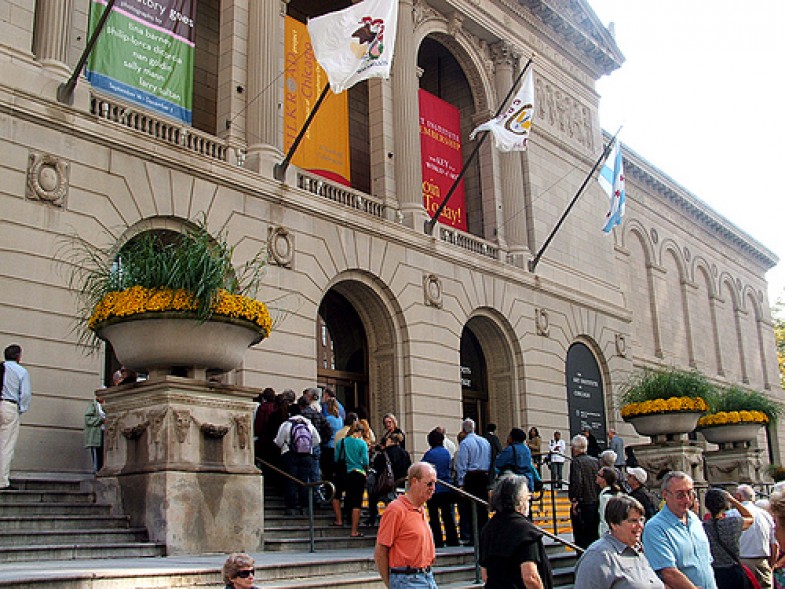The New York Times recently reported on a controversy rippling through the art world: deaccessioning, which means a museum selling off works from its permanent collection.
It’s a growing trend. The Chicago Art Institute is hawking two Picassos, a Matisse and a Braque at Christie’s in London, while the Cleveland Art Museum has 32 old masters up on the auction block. The J. Paul Getty museum hopes to unload 15 paintings, and the Pennsylvania Museum of Fine Arts and the Carnegie Museum of Art, five each.
Some explain this new trade in masterworks as a natural response to cutbacks in museum funding and revenues due to the recession. The Rose Art Museum at Brandeis University, for instance, is selling parts of its collection to pay bills, while larger museums use the proceeds from art sales to boost their shrunken acquisitions budgets.
But others wonder if this is not one more step in the direction of a market-dominated society, where everything is for sale to the highest bidder—even art treasures that qualify as part of the cultural commons.
The Times article offered a thorough assessment of this controversy from the perspective of museum curators and the donors who give works to museums. But it focused little on the public’s loss?
When an artwork—even one deemed minor by museum officials—is sold by a museum to a private collector, we lose a chance to view this work and make up our own minds about its value. The discussion concerning “deaccessioning” should make a distinction between sales to other museums, which will keep the work on view, and sales to private collections.
As tax-deductible institutions, museums have a mandate to work in the public interest, and they should do all they can to make sure art is not locked away from us. Art donors themselves should also stipulate they do not want their gifts sold off to private collectors, where it is inaccessible to the public.




